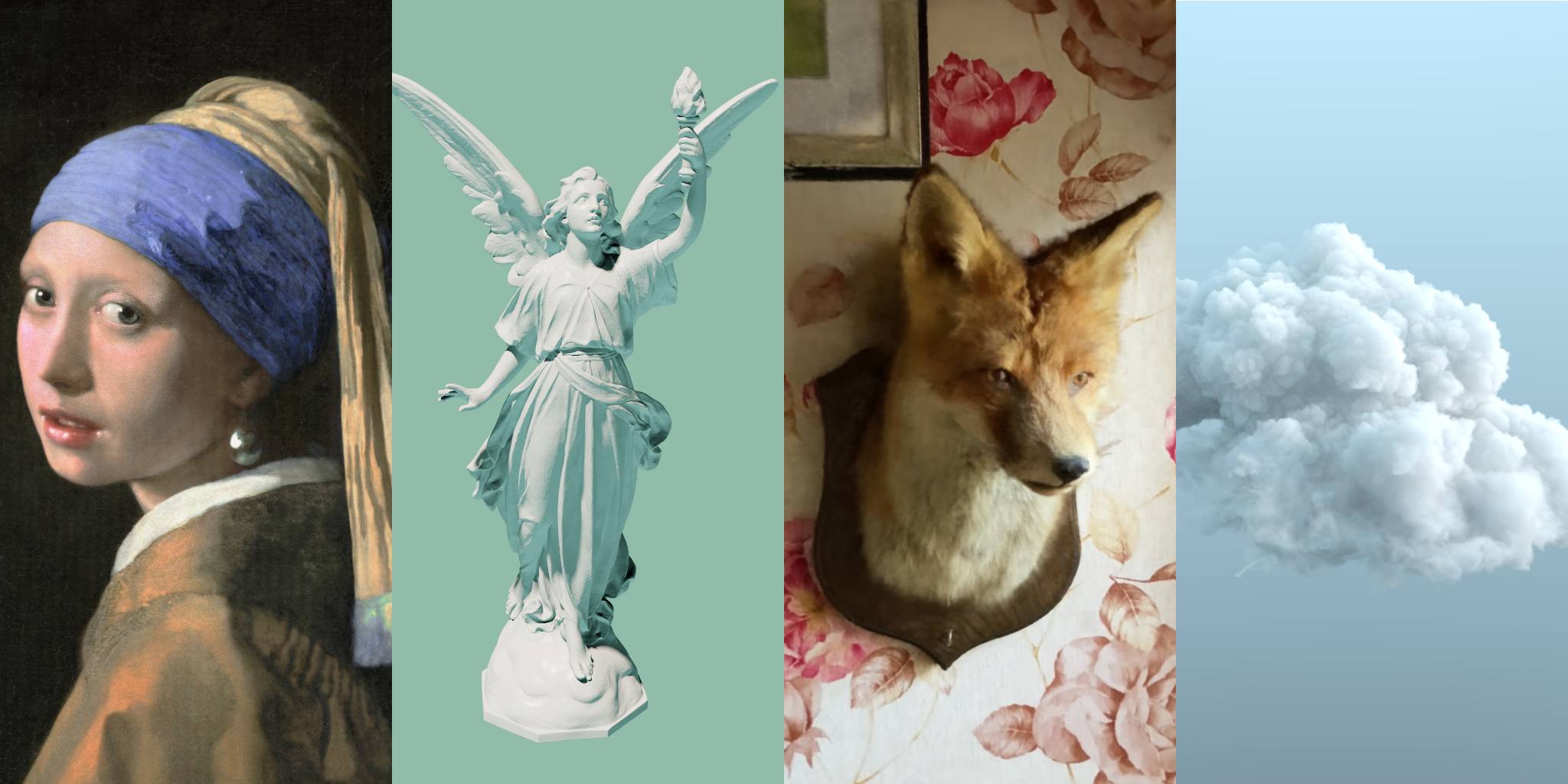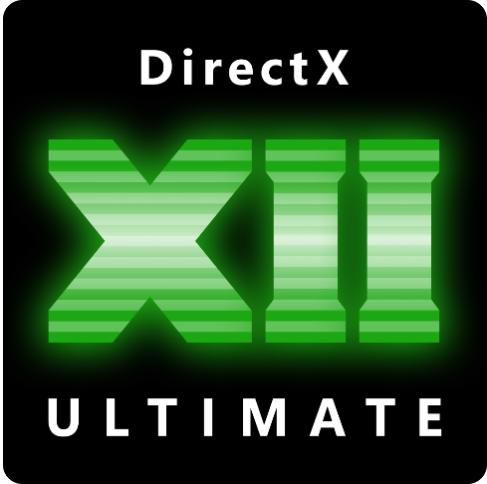Install the app
How to install the app on iOS
Follow along with the video below to see how to install our site as a web app on your home screen.
Note: This feature may not be available in some browsers.
You are using an out of date browser. It may not display this or other websites correctly.
You should upgrade or use an alternative browser.
You should upgrade or use an alternative browser.
Machine Learning: WinML/DirectML, CoreML & all things ML
- Thread starter Ike Turner
- Start date
D
Deleted member 2197
Guest
Instant Neural Graphics Primitives with a Multiresolution Hash Encoding (nvlabs.github.io)
February 19, 2022
February 19, 2022
We demonstrate near-instant training of neural graphics primitives on a single GPU for multiple tasks.
...
Neural graphics primitives, parameterized by fully connected neural networks, can be costly to train and evaluate. We reduce this cost with a versatile new input encoding that permits the use of a smaller network without sacrificing quality, thus significantly reducing the number of floating point and memory access operations.
TopSpoiler
Regular
I highly encourage Nvidia release this as a product like Canvas. After set all things up, it has a very simple workflow and produces fast, nice result.
D
Deleted member 2197
Guest
April 26, 2022
Nvidia at SIGGRAPH will present 16 research papers, most of them ML/AI driven:
https://blogs.nvidia.com/blog/2022/...id=so-twit-509784-vt20#cid=pv10_so-twit_en-us
https://blogs.nvidia.com/blog/2022/...id=so-twit-509784-vt20#cid=pv10_so-twit_en-us
D
Deleted member 2197
Guest
NVIDIA’s New AI Grows Objects Out Of Nothing
May 18, 2022
May 18, 2022
D
Deleted member 2197
Guest
He will use it for content creation assisted by AI.
TopSpoiler
Regular
Nvidia's Instant Neural Graphics Primitives now distributing pre-built binaries for Windows users.

 github.com
github.com
GitHub - NVlabs/instant-ngp: Instant neural graphics primitives: lightning fast NeRF and more
Instant neural graphics primitives: lightning fast NeRF and more - GitHub - NVlabs/instant-ngp: Instant neural graphics primitives: lightning fast NeRF and more
TopSpoiler
Regular
I thought this patent is just a research output..
Real-time hardware-assisted GPU tuning using machine learning - NVIDIA Corporation
Graphics processing unit (GPU) performance and power efficiency is improved using machine learning to tune operating parameters based on performance monitor values and application information. Perform
TopSpoiler
Regular
Random-Access Neural Compression of Material Textures | Research
The continuous advancement of photorealism in rendering is accompanied by a growth in texture data and, consequently, increasing storage and memory demands. To address this issue, we propose a novel neural compression technique specifically designed for material textures. We unlock two more...
We propose a novel neural compression technique specifically designed for material textures. We unlock two more levels of detail, i.e., 16× more texels, using low bitrate compression, with image quality that is better than advanced image compression techniques, such as AVIF and JPEG XL. At the same time, our method allows for on-demand, real-time decompression with random access similar to block texture compression on GPUs. This extends our compression benefits all the way from disk storage to memory. The key idea behind our approach is compressing multiple material textures and their mipmap chains together, and using a small neural network, that is optimized for each material, to decompress them. Finally, we use a custom training implementation to achieve practical compression speeds, whose performance surpasses that of general frameworks, like PyTorch, by an order of magnitude.
DegustatoR
Legend

NVIDIA and Microsoft Drive Innovation for Windows PCs in New Era of Generative AI
At the Microsoft Build developer conference, NVIDIA and Microsoft showcased a suite of advancements in Windows 11 PCs and workstations with NVIDIA RTX GPUs.
blogs.nvidia.com
+

DirectML ❤ Stable Diffusion - DirectX Developer Blog
Text-to-image models are amazing tools that can transform natural language into stunning images. Stable Diffusion is particularly interesting: the base model can create images from text and, since it’s open-source, developers can customize it for their own needs and preferences. With some extra...
 devblogs.microsoft.com
devblogs.microsoft.com

Optimize DirectML performance with Olive - DirectX Developer Blog
Are you ready to revolutionize the way you optimize your AI models? Say hello to Olive (ONNX Live), the advanced model optimization tool.
 devblogs.microsoft.com
devblogs.microsoft.com
Last edited:
DavidGraham
Veteran
Seems NVIDIA is left alone optimizing DirectML along with Microsoft, AMD should be present in the scene, but they are not, I feel this is a repeat of DXR.Don't see any thread on DirectML where this would be a better fit.
NVIDIA and Microsoft Drive Innovation for Windows PCs in New Era of Generative AI
At the Microsoft Build developer conference, NVIDIA and Microsoft showcased a suite of advancements in Windows 11 PCs and workstations with NVIDIA RTX GPUs.blogs.nvidia.com
DegustatoR
Legend
AMD claims that they are participating:Seems NVIDIA is left alone optimizing DirectML along with Microsoft, AMD should be present in the scene, but they are not, I feel this is a repeat of DXR.

AMD support for Microsoft® DirectML optimization of Stable Diffusion
AMD now has driver support for a metacommand implementation intended to improve performance and reduce the time it takes to generate output from the model.
 gpuopen.com
gpuopen.com
